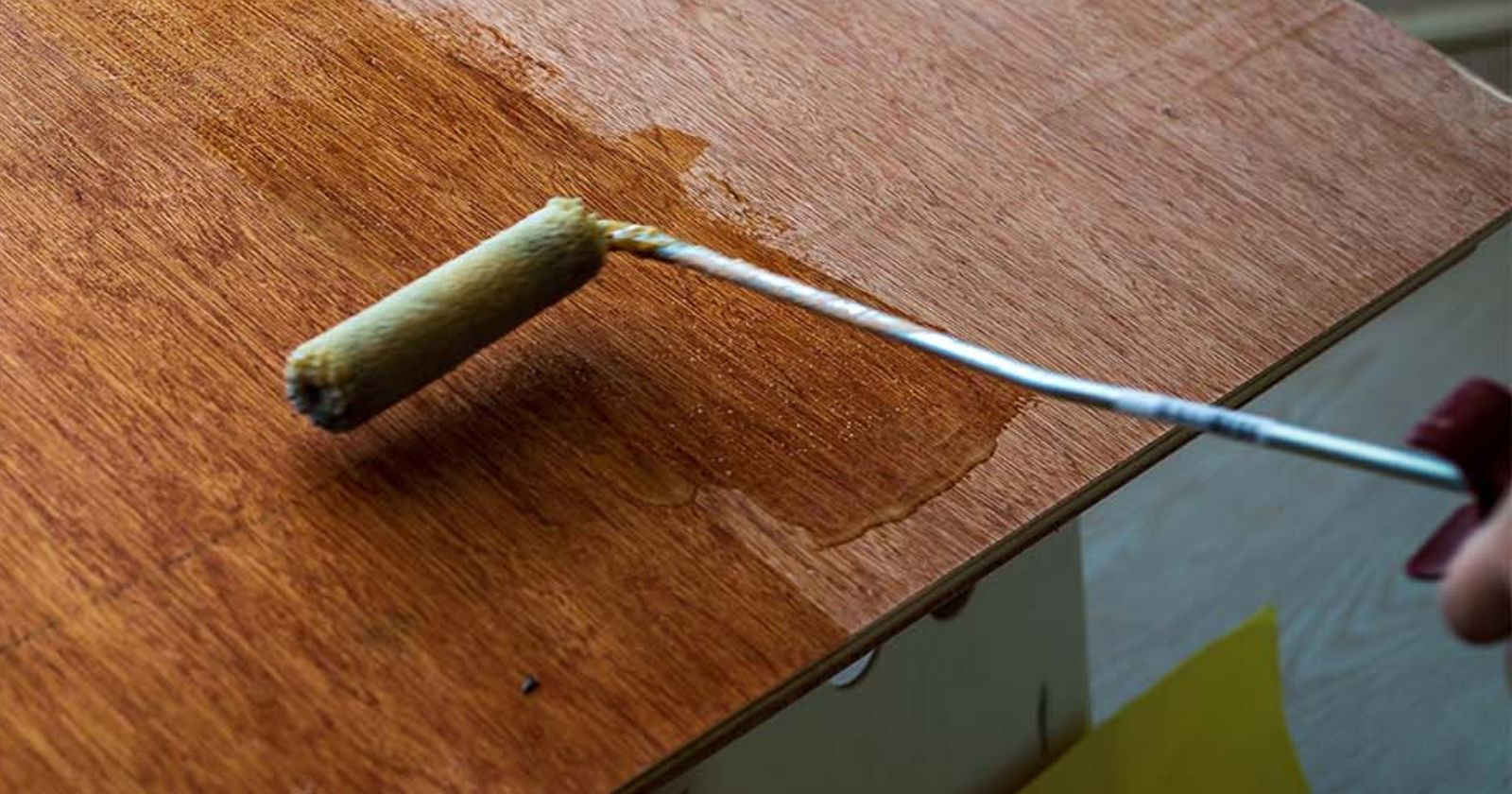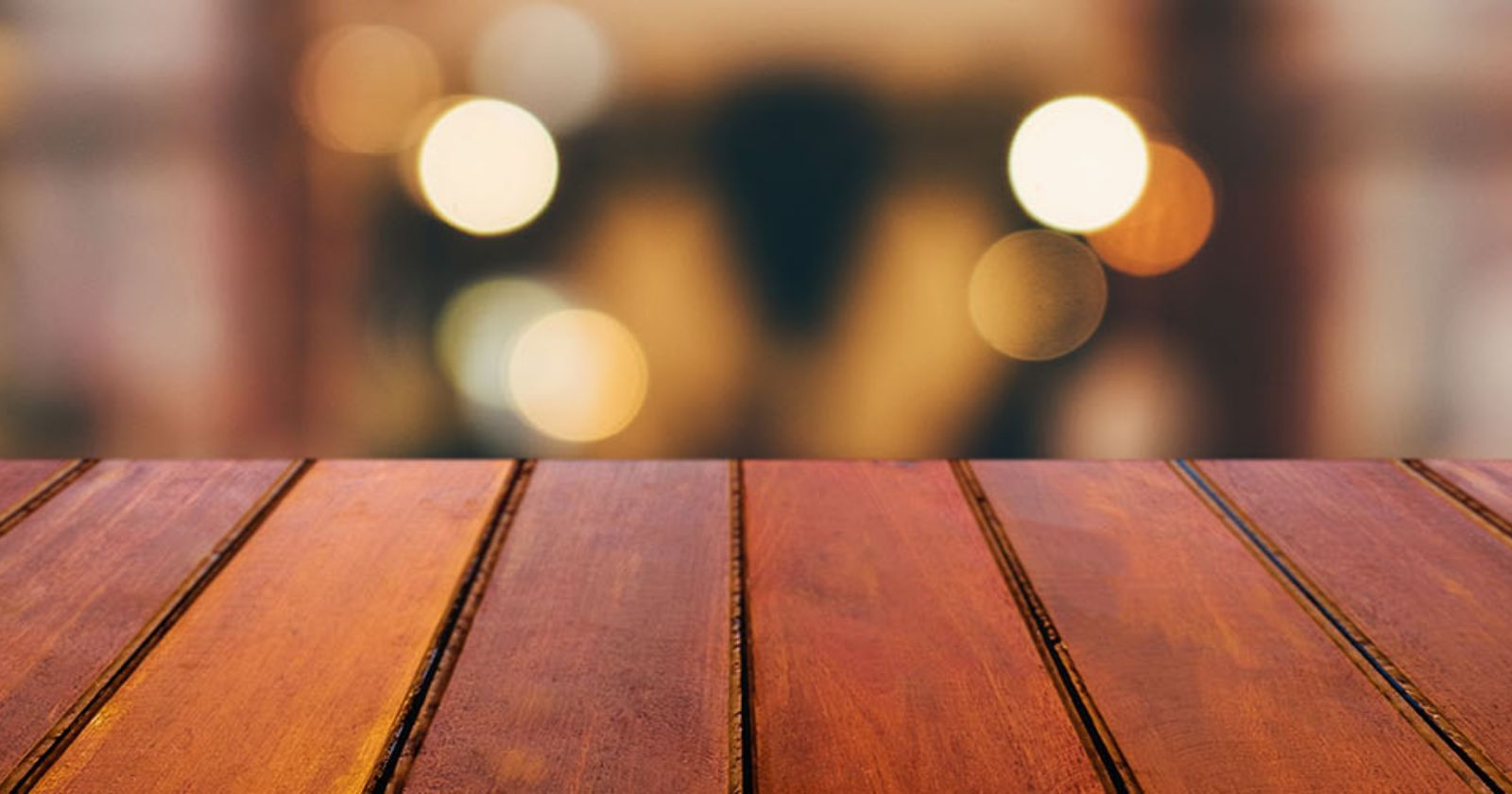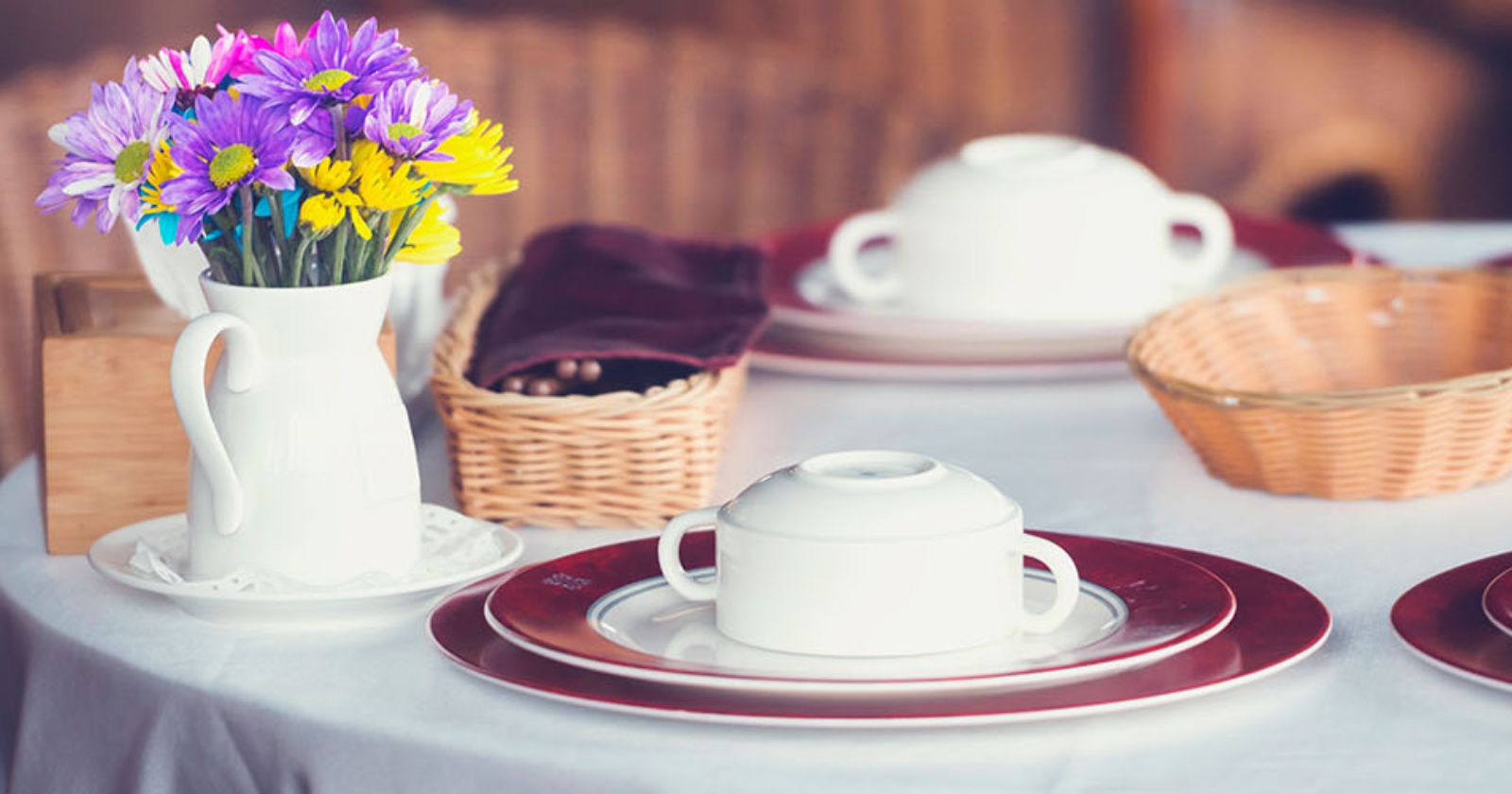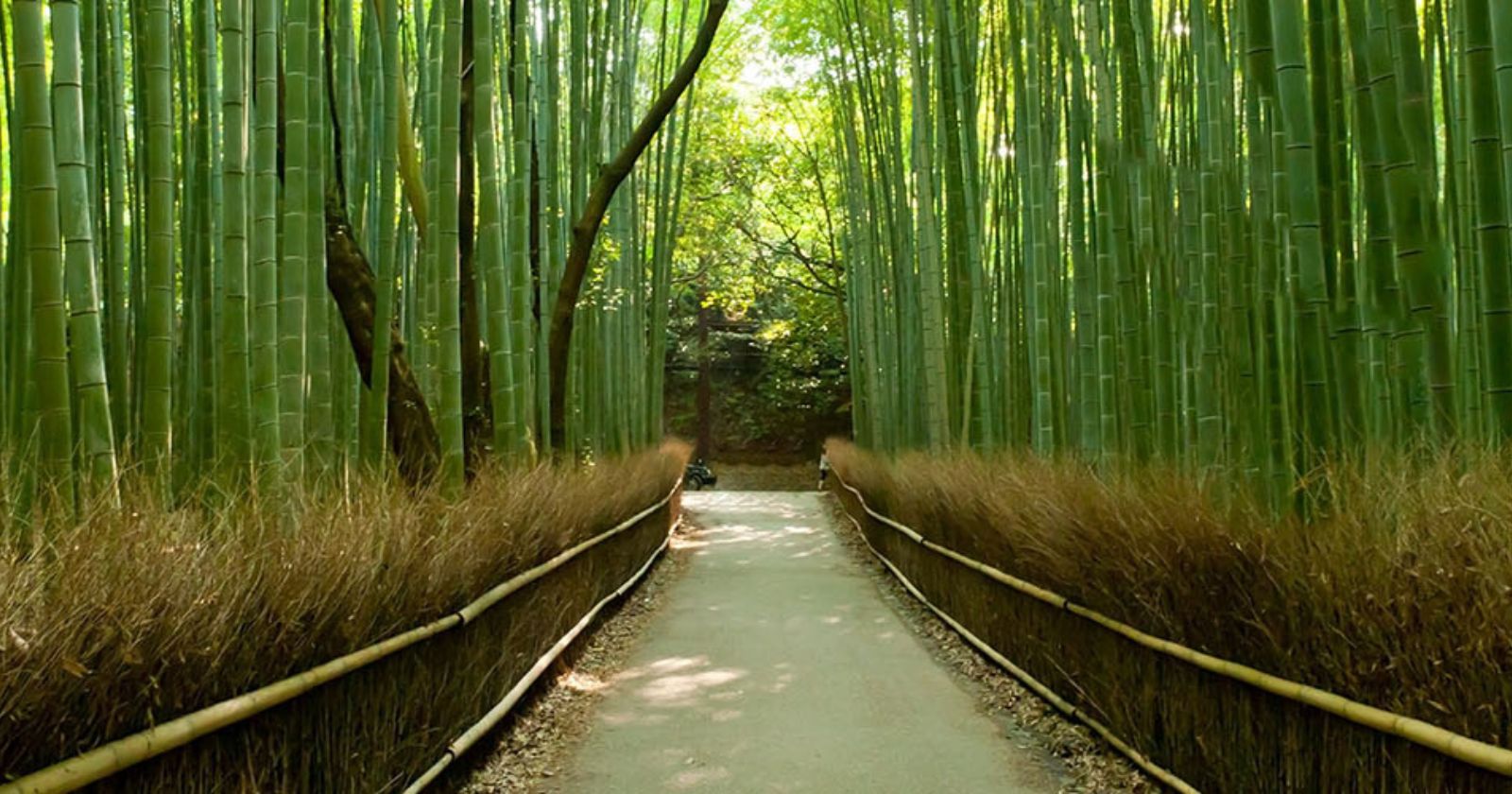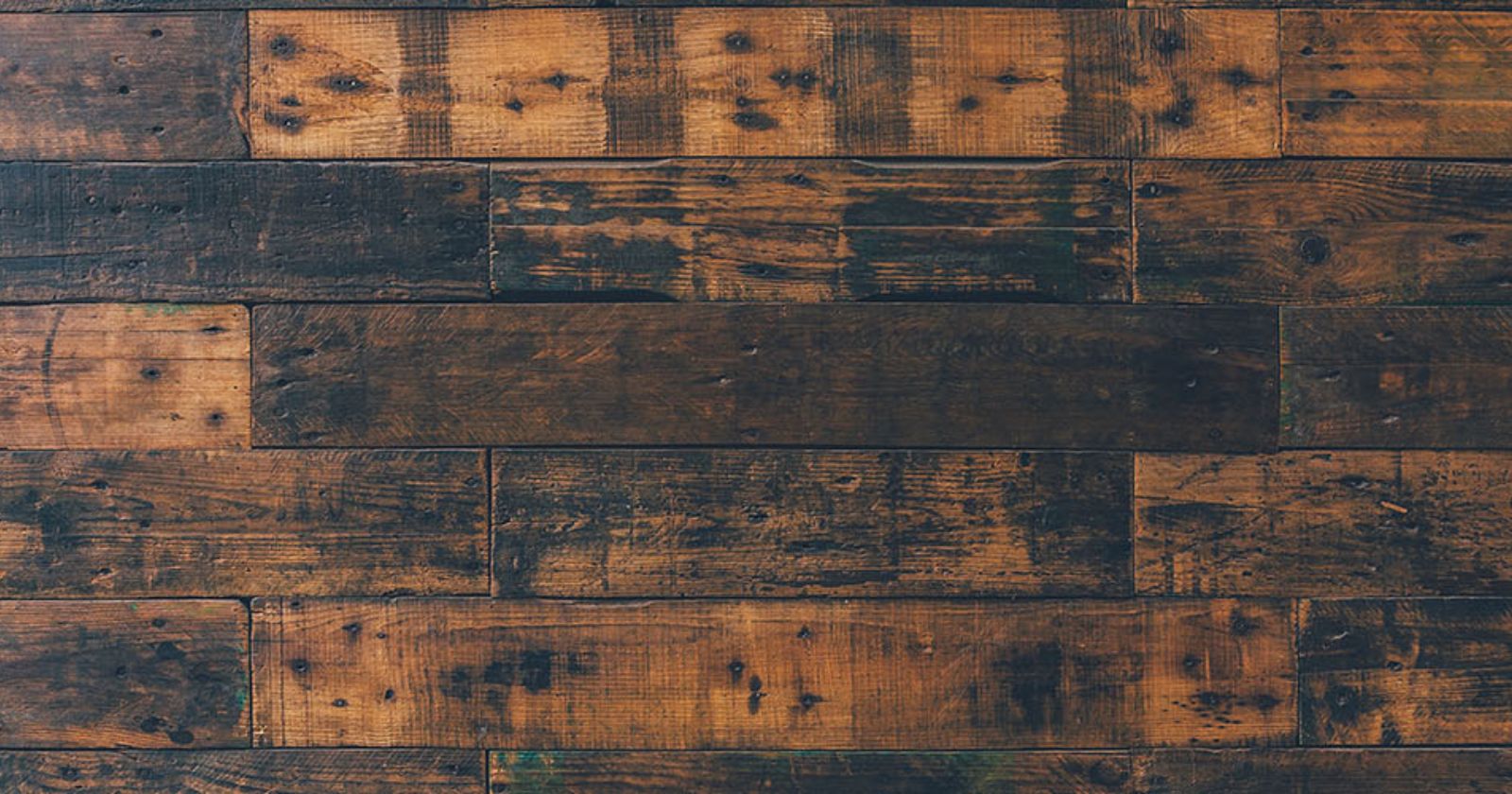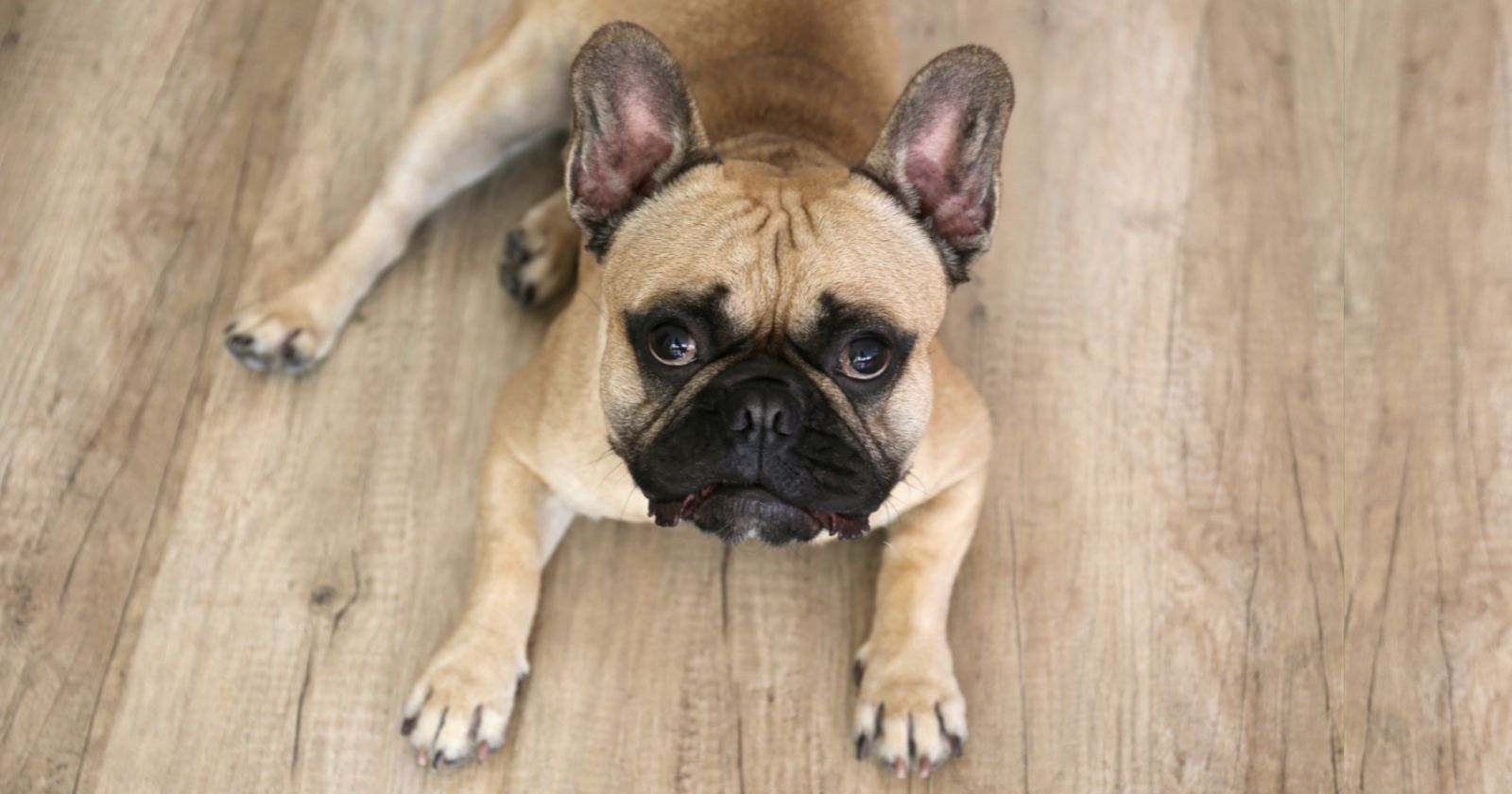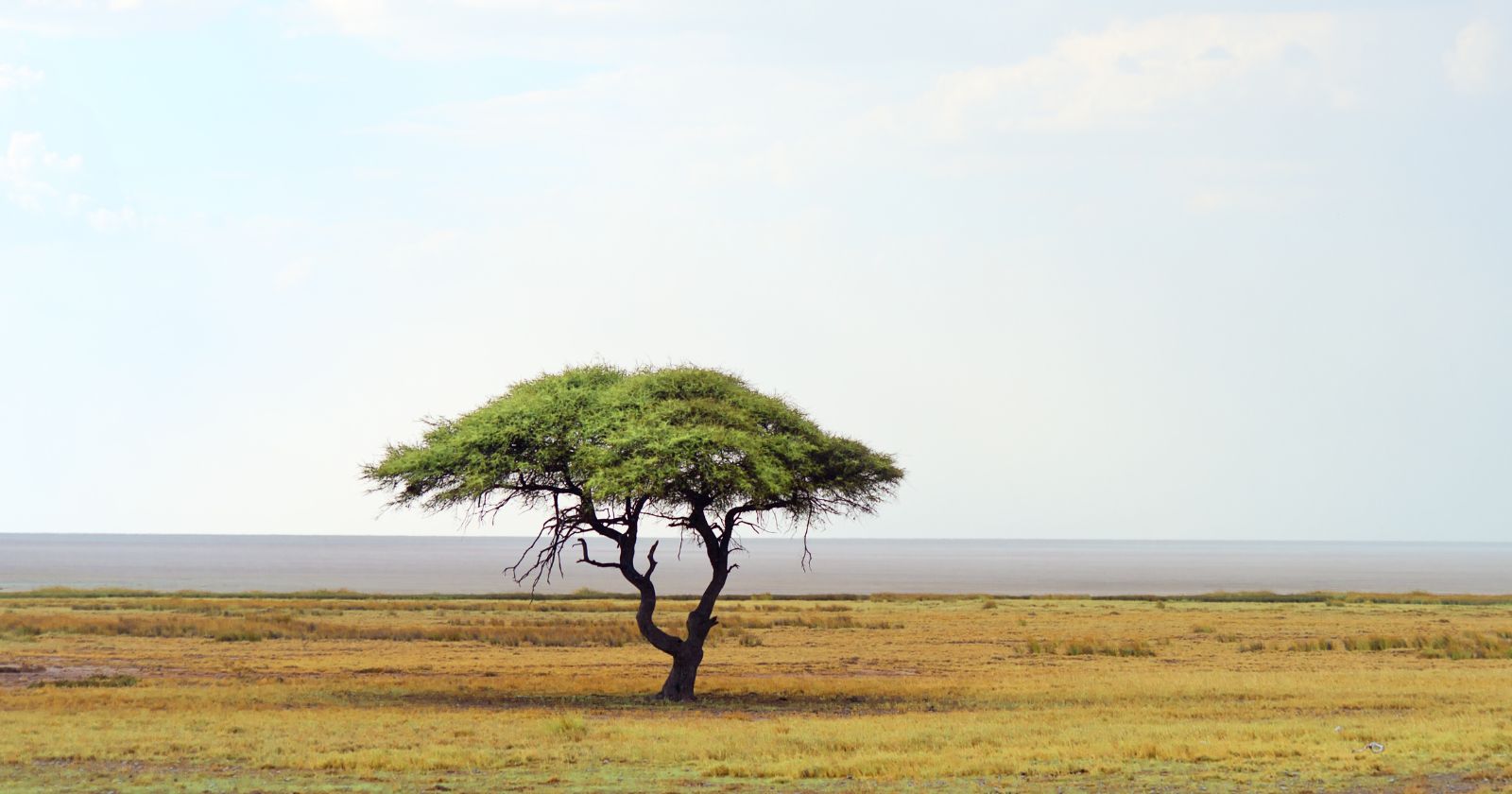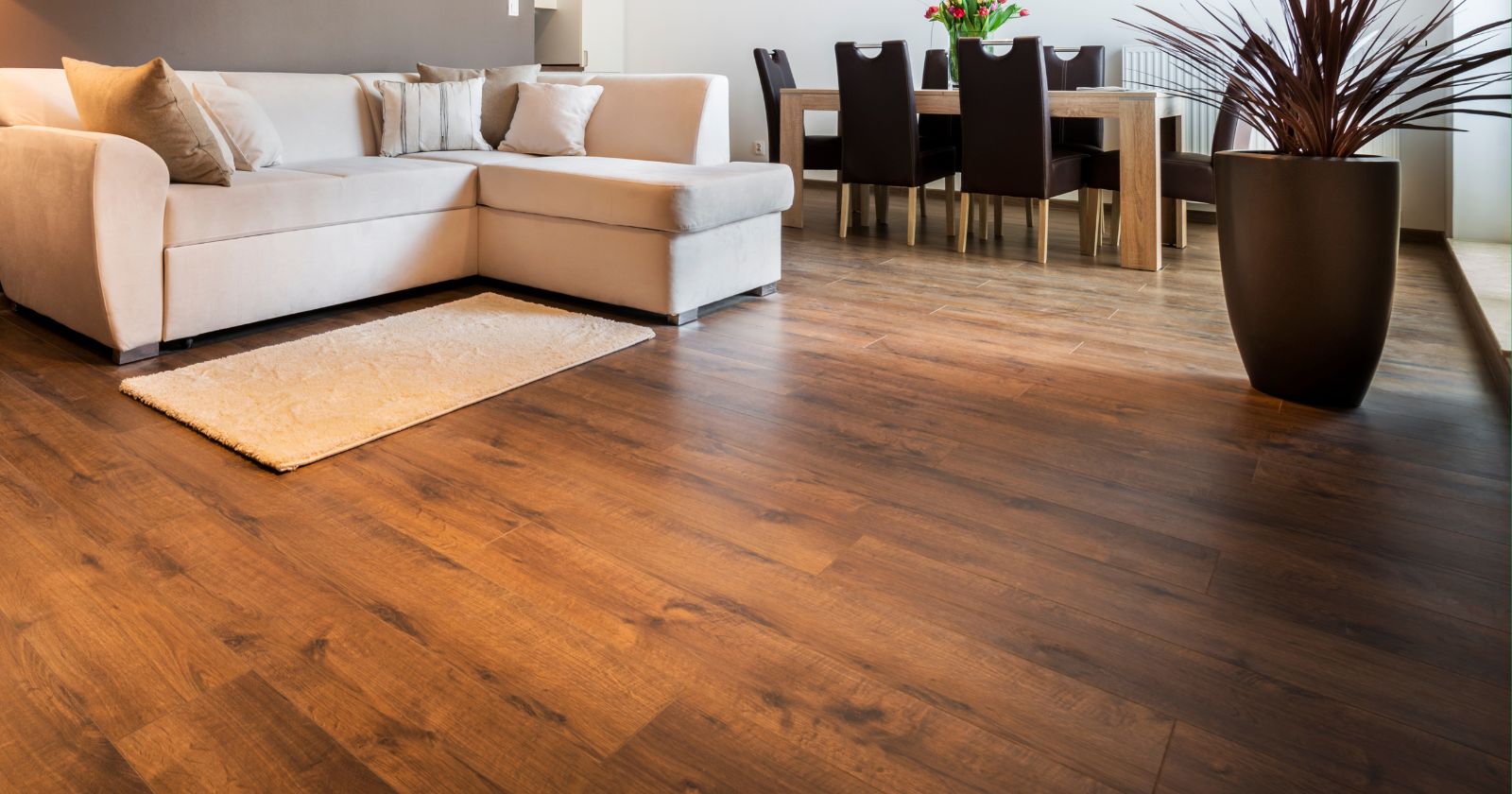Editors note: we are currently assessing whether this article meets our sustainability standards – stay tuned for an update!
Your table sees more than its fair share of action during the day. It’s at the center of your home, and it’s no surprise that it gets its shares of dings and scrapes during every day use. But if shabby-chic isn’t your style, a dinged up piece of furniture may not suit your home.
Applying coats of polyurethane to your dining room or kitchen table will protect it from damage and make it more beautiful. A polyurethane finish provides long-lasting durability and resiliency and keeps your table looking new and fresh even as it gets older. Applying polyurethane is a great way to refresh an old table and give it a new lease of life.
This is a project that even a novice DIYer can take on and find success. By protecting your table you’ll reduce waste by ensuring it lasts longer before you need to purchase a new one. Read on for everything you need to know about applying polyurethane to your table and breathing new life into the centerpiece of your room.
Oil vs. Water-Based Polyurethane
The first decision you’ll have to make when it comes to using polyurethane on a dining room table is whether you’re going to go with an oil-based polyurethane or a water-based polyurethane.
Water-based polyurethane provides tremendous protection with a rockhard, durable finish that is almost crystal clear. It dries quicker but is more expensive.
Oil-based polyurethane gives even more protection but with a slightly milkier finish (it has 45-50% “poly solids” which help create the tough surface). It is cheaper and requires less maintenance because it is tougher.
Most DIYers use an oil-based polyurethane to finish their table. Not only is it cheaper, but the harder finish means you’ll need to do a lot less maintenance on it over the years and your kitchen table will be better protected. If achieving the clearest possible finish is important, then water-based polyurethane is still a good (but more expensive) choice.
Whichever option you choose, the methods and tips for applying that follow will still apply, although you will need to leave longer between coats if you are using an oil-based product.
How to Apply Polyurethane to a Dining Room or Kitchen Table
The overall process for applying poly to a table top is pretty simple and straightforward.
You will need:
- Sandpaper (you’ll need both rough and fine sandpaper grits)
- Mineral spirits (that’s white spirit for UK folks)
- A microfiber cloth
- Wood filler (for repairing damage)
- Your choice of oil-based or water-based polyurethane
- Foam brush (leaves fewer marks than a bristle brush) or a spray gun if you have one
Step 1: Prepare and Repair Your Table
Before you apply polyurethane you will need to prepare the surface of the table by cleaning and sanding it. Begin with a rough grit sandpaper, working your way up to finer sandpaper while sanding in circular motions until you get the tabletop surface as smooth as humanly possible.
If you have to repair any imperfections on the table surface now is the time to do it. Work some wood filler into the scratches or dings (being careful to match the wood species itself) and then sand that away after allowing it to dry, too.
Then you’re going to want to put some mineral spirits onto a microfiber cloth and wipe down the entire table surface, picking up all the dust that would have been left behind – dust that would have caused all kinds of imperfections in the poly finish. Let this dry before you apply polyurethane.
Step 2: Apply Your First Coat of Polyurethane
Table prepared? It’s time to start applying the first coat of polyurethane to the kitchen (or other) table. Your initial coat should be a very light, and it’s best if you can spray the finish directly onto the surface – avoiding all brushstrokes completely.
If that’s not possible, invest in a high quality foam brush. Foam brush tools aren’t going to leave behind the kinds of brushstrokes that can be permanent, even if you go for two coats (or three coats) later down the line.
Remember: You want each individual coat to be thin, to have plenty of time to dry and stabilize, and to minimize brush marks as much as possible.
Step 3: Allow the Polyurethane to Dry Completely
If you do not allow the polyurethane time to dry before applying additional coats you will end up with the top and final layer hard, but the layers underneath will still be soft. This will result in a finish that can be easily dented and will not protect your dining room or kitchen table.
Always use as thin a layer as possible and leave plenty of time to dry (check the instructions on the can for the minimum time for your choice of polyurethane – probably 24- 48 hours).
Step 4: Add Additional Coats of Polyurethane
Once the initial coat has dried completely (check your instructions, probably 24-48 hours for oil-based) you’ll want to add additional coats. You’ll get better protection and finish by having many coats of polyurethane rather than one thick one.
First though, you should prepare the surface with some light sanding. You always need to sand before adding an additional coat, not just if the layer is too thick or has small bubbles in. By giving the polyurethane a quick go-over with sandpaper (say, 300 grit) you’ll help the next layer stick to it. When sanding between layers, go with the grain.
Always vacuum or wipe with a lint-free cloth to remove dust before moving to the next step.
Step 5: Finish the Polyurethane-Coated Table With Sanding and/or Wax
Use a fine sandpaper (1,500 grit) to get off any small imperfections or bubbles on the final coat. After allowing the polyurethane time to cure (up to a month), you might want to add wax on the top. This doesn’t add much in the way of protection (the polyurethane is tough enough as it is) but some prefer the look.
How Many Coats of Polyurethane on a Kitchen Table?
A kitchen table should have at least three coats of polyurethane and can benefit from more. Many coats of polyurethane (thin layers) will provide better protection and help your kitchen table to last longer. Some guides recommend a minimum of two coats, but this is unlikely to be enough for an item that gets so much use.
Should You Use a Spray or Brush for Applying Polyurethane?
You should apply polyurethane to your kitchen table using a spray if possible. This is the only way to guarantee that brush strokes never show up in each individual coat of polyurethane (permanently shining through each individual layer). Spraying your finish on to your kitchen table will result in a better result than if you used a brush.
Polyurethane Application Tips
- If you apply polyurethane over a table with a paint finish it may cause the paint to yellow and you may want to consider other types of finishes instead.
- When spraying, make sure that you are aware of the width of the spray pattern and tried to “bleed back” into at least half of each coat as you move across the table.
- Look for wet and glossy consistencies across the entirety of the surface when spraying. If you see any spots that look cloudy or milky, it’s time to go back over them with another jet of finish.
- When spraying be sure that you are doing so in a well ventilated area; the VOCs put out by this kind of finish can be devastating to your health and wellness. For best protection, always wear a mask that can filter out VOCs.
- If brushing, make sure that you use a foam brush tool and not the natural bristle options most people use for painting. Bristly brushes may leave visible brush strokes on your kitchen table.
- Really take your time, especially if you’re using water based finishes as they can leave a streaky finish.
- Whatever you do, recognize right away that you’re going to have to apply multiple layers and coatings of finish to get the results you’re after. Don’t be impatient.
Conclusion
At the end of the day, the beautiful thing about polyurethanes (when applied correctly, anyway) is that they offer a fantastic protective layer to your furniture in a way that things like shellac, urethane, and traditional paint and stain simply can’t.
Just be sure that you are following the “rules” and best practices of how to apply these coatings (especially when it comes to the first few coats and the final coat) and you’ll end up with a wood finish you will love and depend on for years to come!

